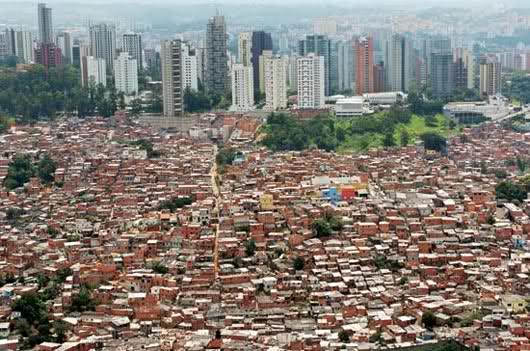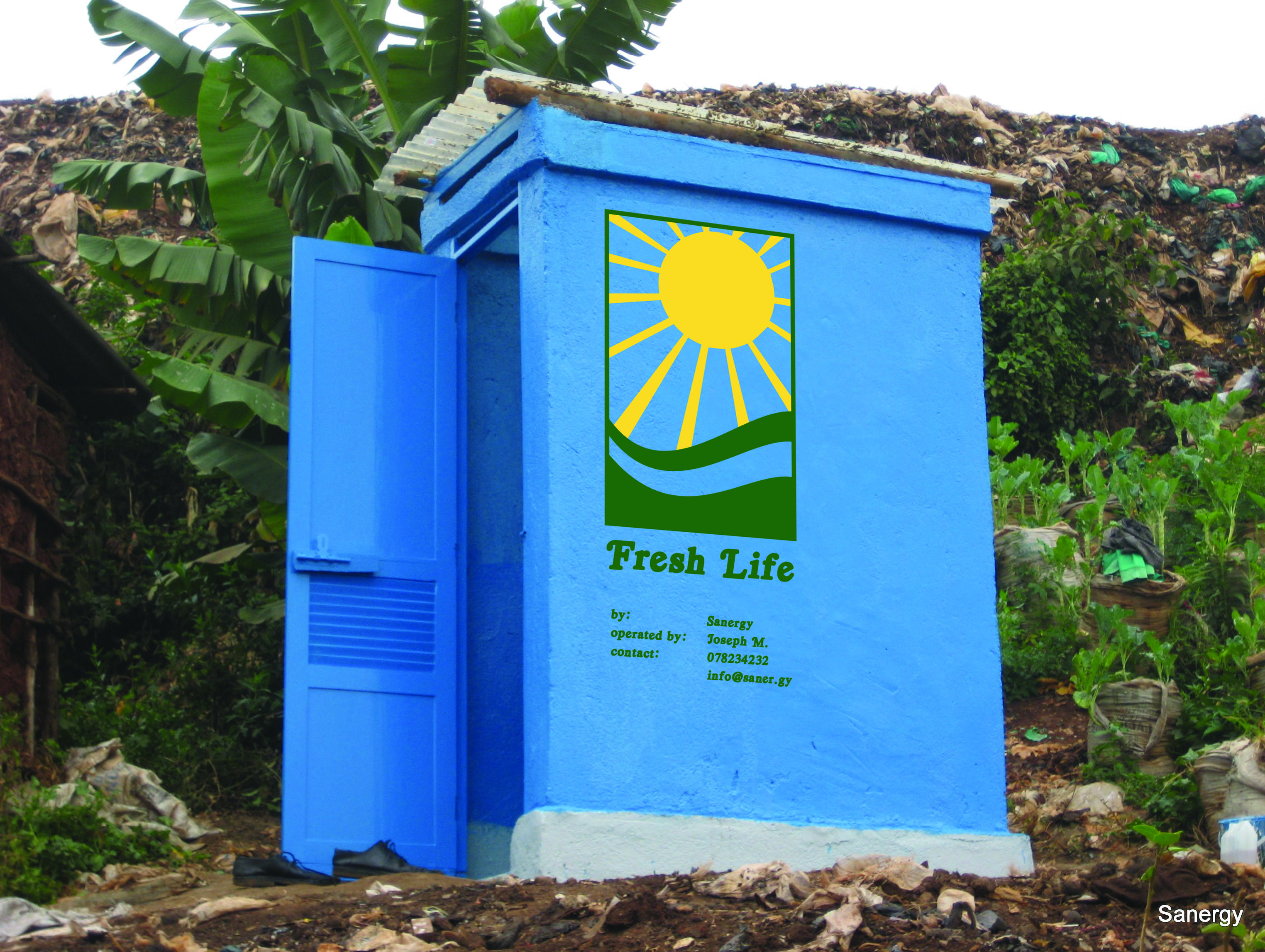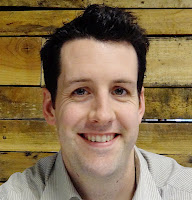In a memorable scene from the movie Slumdog Millionaire, seven-year old Jamal dives through a latrine, emerges covered in excrement and runs to get the autograph of famous film star Amitabh Bachchan. It is probably the only time in the history of movies that a pit latrine has gotten a laugh.
Forgiving this glorified fart joke at the expense of poverty, the movie is permeated with other, less fanciful references to the challenges of water and sanitation in poor urban areas, also called slums. In one scene, children play and women wash in a sewage-filled river. In another, a boy pees directly into a drinking water channel.
The movie takes place in the Juhu slum (or Juhu colony as it is referred to locally) outside of Mumbai. Juhu is home to only a small portion of the nearly 8 million “forgotten” people that live in slums surrounding the city. Stated a different way: that is more than 60% of Mumbai’s population living on less than 8% of the city’s land. Health, sanitation, clean water and housing conditions are exacerbated by these extreme levels of population density. And the picture is far from unique.

What defines a slum?
Slum populations all over the world continue to grow. Settlements ring cities from Nairobi to Jeddah as they expand to accommodate migrants. Slums are fundamentally a physical manifestation of urban poverty. Rural families move en masse from villages with the hope of finding opportunity.
With governments slow to provide easy channels to formal sector employment, energetic informal economies have thrived. It is estimated that economic output from informal sources tops $1 billion in Dharavi, Mumbai’s largest slum. These jobs can be violent as the gun, drug and sex trades all flourish in the same compressed space. In fact, in slums, insecurity exists at every turn.
Families that live in slums often lack water, sanitation, durable housing and secure tenure. Their neighborhoods are characterized by strong urban influences, namely they are close to markets, services and have ready supplies of labor. Still, proximity to these goods and services does not ensure their delivery. Land titles are particularly hard to come by as governments perceive informal settlements as illegal. As a result, they are subject to destruction by authorities at any time. It is this very perception of transience that limits long-term solutions to development.
How do people go to the bathroom and get water?
The short answer: make use of what is available. Water and sanitation projects in the developing world are fragmented across a number of actors and sectors. The rationale is that challenges posed by urban and rural delivery differ significantly enough that certain actors are better positioned to make an impact.
For years, the default division of labor has been: governments take cities and nonprofits take villages. Okay… so it is a little more complex, but more or less that is the conventional breakdown. At the government level, deferring responsibility to nonprofits is rarely the first choice, but often necessary given limited resources.
However, as you may have noticed, there is no default group responsible for water and sanitation in slums. That is because households have no titles to their land and, as a result, can’t access government programs. Nonprofits working in slums also regularly face discrimination, violence and stubbornness.
For most, water is available from natural resources such as rivers or lakes. But it isn’t safe to drink. Sources are contaminated by trash and sewers that are dumped liberally into waterways by the rest of the city. Clean sources are rare, and those that do exist are costly.
Trucks and standpipes that distribute water to slums are largely unregulated and are able to charge highly inflated prices. In Honduras, families living on the periphery of Tegucigalpa, the capital, pay $1 a day for water -- or half the average daily wage for a family of four. This is well over the “set” price of US$0.10, and obscenely more than richer families in the city center who pay $1 per month for piped water. Even with the high price, water can still be contaminated, poisoning children and incurring health care expenses.
More often than not, water is contaminated by the same people who drink it. Open defecation is rampant in slums because alternatives simply don’t exist. Back in Dharavi, there is only one toilet for every 1,440 people. Residents are plagued by cholera, diarrhea and parasitic worms.
Flying toilets are popular in the Kibera slum outside of Nairobi, Kenya. Take a plastic bag, go the bathroom and, well, you get the idea. Projects in India and Kenya have shown that some are willing to pay small amounts for the use of clean sanitation facilities. However, due to long lines and privacy concerns, many wait until nightfall to go -- increasing the risk of related violence, especially against women and girls. Still, most prefer to be in the open.
Taking action

The Fresh Life toilet made by Kenya-based company Sanergy.
Years of lobbying by local civil society organizations have started to have some impact. In Bangalore, India, the water and sanitation authority allowed nonprofit AVAS to purchase land titles for three hundred families so they could be included in a water and sanitation development project. The organization also provided collateral to a bank for each family to get a 20,000 rupee loan US($500) to build a house.
In Karachi, Pakistan, a local group started organizing families to build sewer channels to collect waste from their homes. Entire neighborhoods then pitched in to build larger channels. After a few years of self-operation and maintenance, the government was finally convinced to connect the channels to the city sewer system.
But these success stories are few and far between. Large-scale investment is needed to ensure that the sector is able to expand water pipes and sewers beyond city centers. These are long-term prospects that squalor and disease will not wait for.
In the meantime, Kiva is looking to finance small-scale, on-site solutions to meet water and sanitation needs in slums. I have writtern about some potential partners in both the water and sanitation sectors in previous blogs. Formalizing settlements and recognizing their contribution to the economy is a first, but politically treacherous step. Land title procurement would allow families to register for development programs as well as access formal financing. Both would be outsized steps toward providing the security families need to plan for healthy, enduring futures.
The movie takes place in the Juhu slum (or Juhu colony as it is referred to locally) outside of Mumbai. Juhu is home to only a small portion of the nearly 8 million “forgotten” people that live in slums surrounding the city. Stated a different way: that is more than 60% of Mumbai’s population living on less than 8% of the city’s land. Health, sanitation, clean water and housing conditions are exacerbated by these extreme levels of population density. And the picture is far from unique.

What defines a slum?
Slum populations all over the world continue to grow. Settlements ring cities from Nairobi to Jeddah as they expand to accommodate migrants. Slums are fundamentally a physical manifestation of urban poverty. Rural families move en masse from villages with the hope of finding opportunity.
With governments slow to provide easy channels to formal sector employment, energetic informal economies have thrived. It is estimated that economic output from informal sources tops $1 billion in Dharavi, Mumbai’s largest slum. These jobs can be violent as the gun, drug and sex trades all flourish in the same compressed space. In fact, in slums, insecurity exists at every turn.
Families that live in slums often lack water, sanitation, durable housing and secure tenure. Their neighborhoods are characterized by strong urban influences, namely they are close to markets, services and have ready supplies of labor. Still, proximity to these goods and services does not ensure their delivery. Land titles are particularly hard to come by as governments perceive informal settlements as illegal. As a result, they are subject to destruction by authorities at any time. It is this very perception of transience that limits long-term solutions to development.
How do people go to the bathroom and get water?
The short answer: make use of what is available. Water and sanitation projects in the developing world are fragmented across a number of actors and sectors. The rationale is that challenges posed by urban and rural delivery differ significantly enough that certain actors are better positioned to make an impact.
For years, the default division of labor has been: governments take cities and nonprofits take villages. Okay… so it is a little more complex, but more or less that is the conventional breakdown. At the government level, deferring responsibility to nonprofits is rarely the first choice, but often necessary given limited resources.
However, as you may have noticed, there is no default group responsible for water and sanitation in slums. That is because households have no titles to their land and, as a result, can’t access government programs. Nonprofits working in slums also regularly face discrimination, violence and stubbornness.
For most, water is available from natural resources such as rivers or lakes. But it isn’t safe to drink. Sources are contaminated by trash and sewers that are dumped liberally into waterways by the rest of the city. Clean sources are rare, and those that do exist are costly.
Trucks and standpipes that distribute water to slums are largely unregulated and are able to charge highly inflated prices. In Honduras, families living on the periphery of Tegucigalpa, the capital, pay $1 a day for water -- or half the average daily wage for a family of four. This is well over the “set” price of US$0.10, and obscenely more than richer families in the city center who pay $1 per month for piped water. Even with the high price, water can still be contaminated, poisoning children and incurring health care expenses.
More often than not, water is contaminated by the same people who drink it. Open defecation is rampant in slums because alternatives simply don’t exist. Back in Dharavi, there is only one toilet for every 1,440 people. Residents are plagued by cholera, diarrhea and parasitic worms.
Flying toilets are popular in the Kibera slum outside of Nairobi, Kenya. Take a plastic bag, go the bathroom and, well, you get the idea. Projects in India and Kenya have shown that some are willing to pay small amounts for the use of clean sanitation facilities. However, due to long lines and privacy concerns, many wait until nightfall to go -- increasing the risk of related violence, especially against women and girls. Still, most prefer to be in the open.
Taking action

The Fresh Life toilet made by Kenya-based company Sanergy.
Years of lobbying by local civil society organizations have started to have some impact. In Bangalore, India, the water and sanitation authority allowed nonprofit AVAS to purchase land titles for three hundred families so they could be included in a water and sanitation development project. The organization also provided collateral to a bank for each family to get a 20,000 rupee loan US($500) to build a house.
In Karachi, Pakistan, a local group started organizing families to build sewer channels to collect waste from their homes. Entire neighborhoods then pitched in to build larger channels. After a few years of self-operation and maintenance, the government was finally convinced to connect the channels to the city sewer system.
But these success stories are few and far between. Large-scale investment is needed to ensure that the sector is able to expand water pipes and sewers beyond city centers. These are long-term prospects that squalor and disease will not wait for.
In the meantime, Kiva is looking to finance small-scale, on-site solutions to meet water and sanitation needs in slums. I have writtern about some potential partners in both the water and sanitation sectors in previous blogs. Formalizing settlements and recognizing their contribution to the economy is a first, but politically treacherous step. Land title procurement would allow families to register for development programs as well as access formal financing. Both would be outsized steps toward providing the security families need to plan for healthy, enduring futures.

Photos courtesy of David Green, Sanergy.
PREVIOUS ARTICLE
Kiva Camp gets students, teachers geared up for the new school year →NEXT ARTICLE
Pakistan: A lizard in the hand is worth several in the bush →














